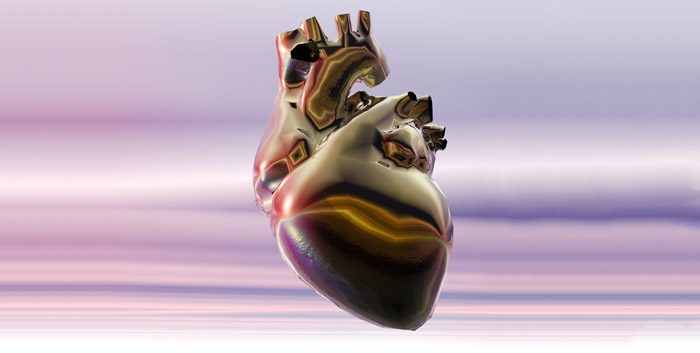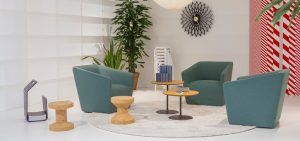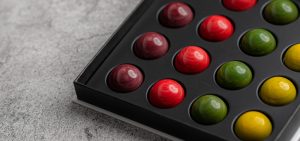
A New Spin in Record Time
Anybody can imagine how 3D printing goes. A three-dimensional object results from a computer-aided design model by successively adding material layer by layer from the bottom up by a 3D printer. Thousands of ideas spanning different fields of manufacturing have seen fruition because of this method.
Did you know there’s now a completely new way of creating 3D objects that’s not like the traditional way? The results of the new way have remarkable resolution and can be accomplished in record time.
From Switzerland’s Ecole polytechnique fédérale de Lausanne (EPFL), researchers have developed a completely new way of creating 3D objects. The method draws on the principle of tomography – the technique for displaying a representation of a cross section through a solid object, using x-rays or ultrasound. To make an object, a photosensitive resin is illuminated from many different angles. The resin becomes solid with the accumulation of light. The object forms a solid structure within the resin in one sitting. It’s unlike traditional 3D printing where layer by layer printing is the norm.
Readily 3D, based in Lausanne, Switzerland, is the company that has been set up to develop and market the new system. It has its own unique advantages: printing speed is more than 10 times faster than existing layer-by-layer 3D printers; volumetric 3D printing does not induce any mechanical motion in the build volume, thus enabling to viably process shear-sensitive cell-laden materials; printing beds are not required to support overhanging structures, which allows for more design freedom and less parts’ post-processing. The laser hardens the liquid through a process of polymerization. Depending on what object is desired, algorithms are used to calculate exactly where to aim the beams, from what angles, and at what dose.
What use can this technology have?
There could be a wide range of uses, but its advantages now favor medical experts. The process could be used to make soft objects like “tissue, organs, hearing aids and mouthguards”. Printing is inside sealed, sterile containers, preventing contamination. Currently capable of making 2-centimeter structures with a precision of 80 micrometers, the process could also be used to quickly build small silicone or acrylic parts that don’t need finishing after printing.
More Precision and Speed in the Future
As 3D printing technology advances by leaps and bounds, it will be no surprise that this technology will be offering objects with more precision in less time.



